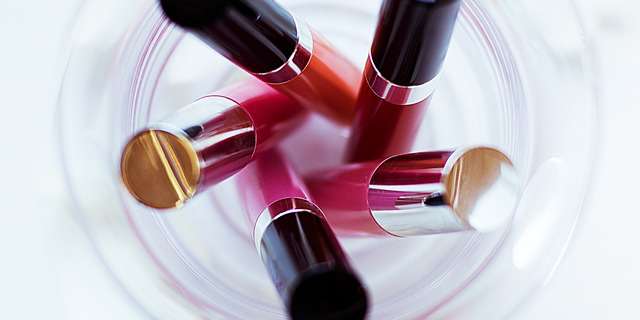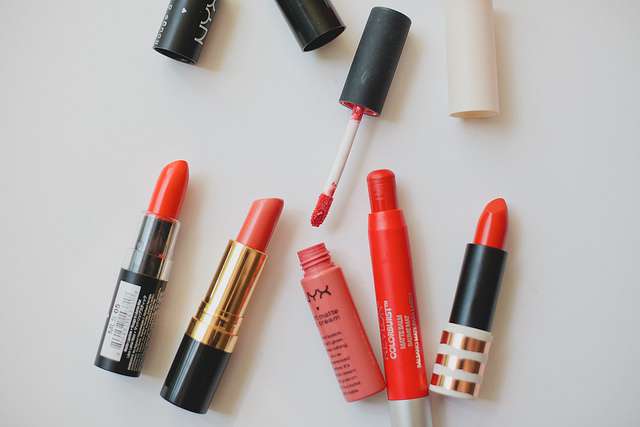
Color measurement instruments can provide you with color consistency, and ensure that your liquid lipsticks dry down to the perfect shade. Image Source: Pixabay user gornostai_nastya
Over the past few years, there’s been a surge in popularity for liquid lipsticks. What began as a niche product made only by a handful of cosmetics brands has now become a staple in nearly every company’s product line. Customers love liquid lipsticks because they combine the long-lasting wear and opaque pigmentation of a cream lipstick, but apply as easily as a sheer lipgloss.
Liquid lipstick is truly the best of both worlds for makeup fans, yet in order to take advantage of these benefits, objective color measurement is necessary to ensure that your product is as richly-pigmented as possible. Unlike a lipgloss or a lip tint, which can be a little sheer, a true liquid lipstick needs to be completely opaque, preferably with just one coat of application.1 Although this is a difficult feat to accomplish, today’s sophisticated color measurement instruments make the process as easy as possible.
Quality Control for Liquid Lipsticks Differs from Creams
One of the most common mistakes that cosmetics companies make when they formulate a liquid lipstick is that they treat the product just like a cream lipstick or liquid gloss. However, there is one factor that impacts liquid lipstick more than these other types of lip products: oxidation.2 While a cream lipstick might oxidize slightly after application, this usually doesn’t significantly alter the overall color of the lipstick— the cream looks about the same inside of the component as it does on a person’s lips. Similarly, a gloss that never dries down will generally look the same inside of the applicator as it does on the skin.
A liquid lipstick, however, can vary greatly in color after it’s been applied to the lips. Because this product goes on wet and has to dry in the air, exposure to oxygen alters the color, usually making it darker. For instance, it may appear deep pink in color inside of the bottle, but as it dries down completely on the lips its hue might transform into a deeper berry color due to oxidation. To account for this oxidizing effect and create the final hues you desire, you’ll need to test your liquid lipsticks using an objective color measurement instrument like a spectrophotometer.

A liquid lipstick often changes in color as it dries down, meaning that its application is slightly different than a cream lipstick or liquid lipgloss. Image Source: Flickr user Abi Porter



